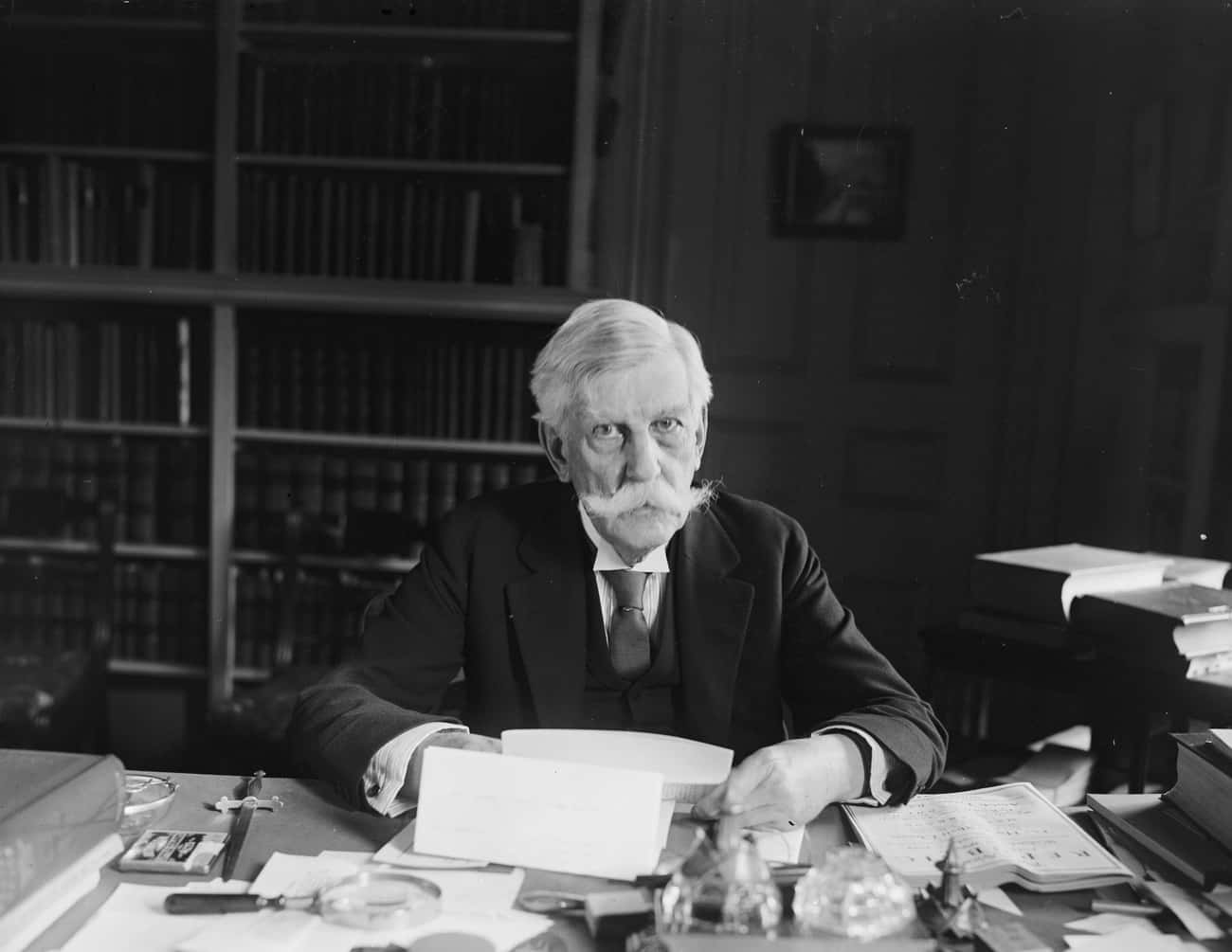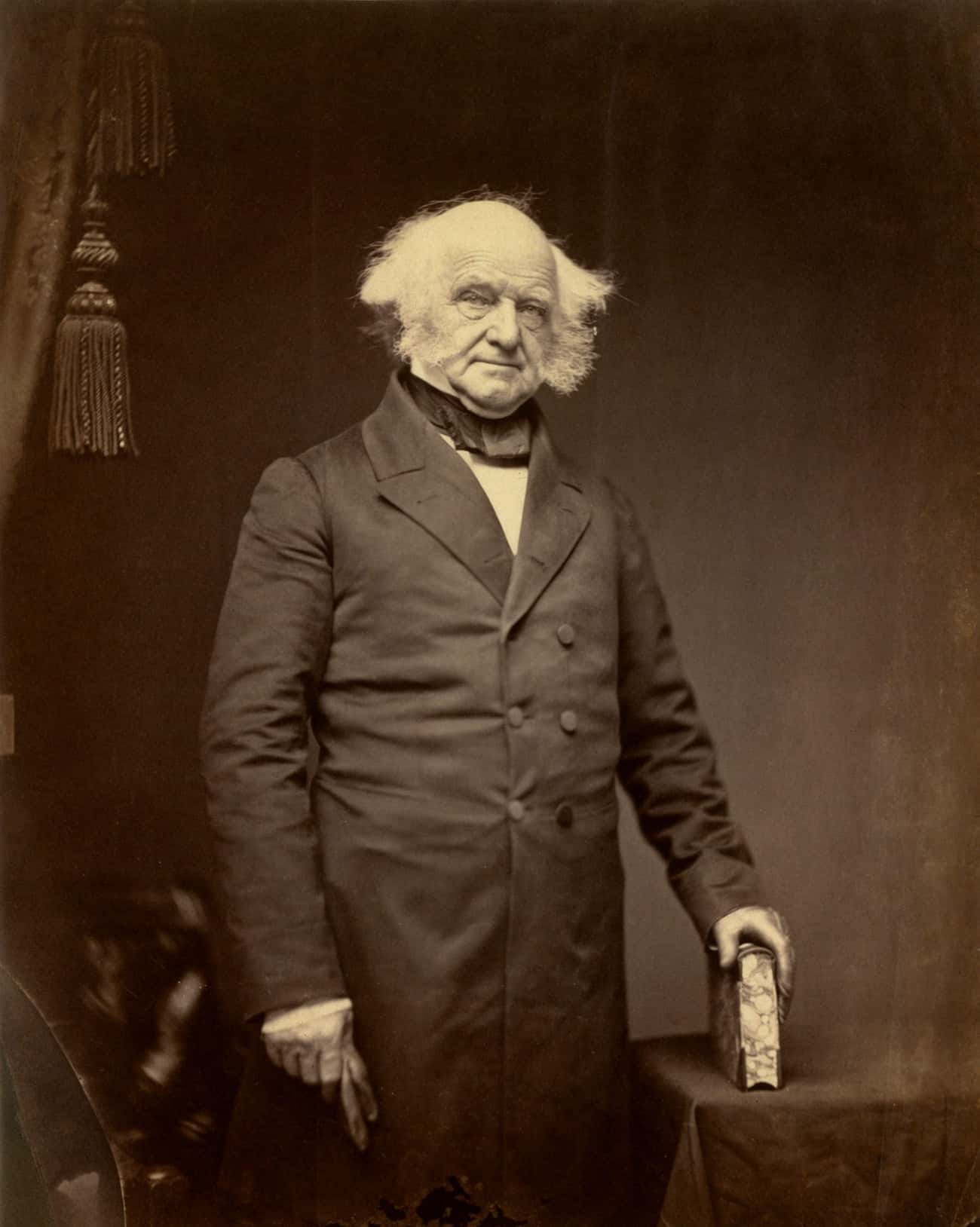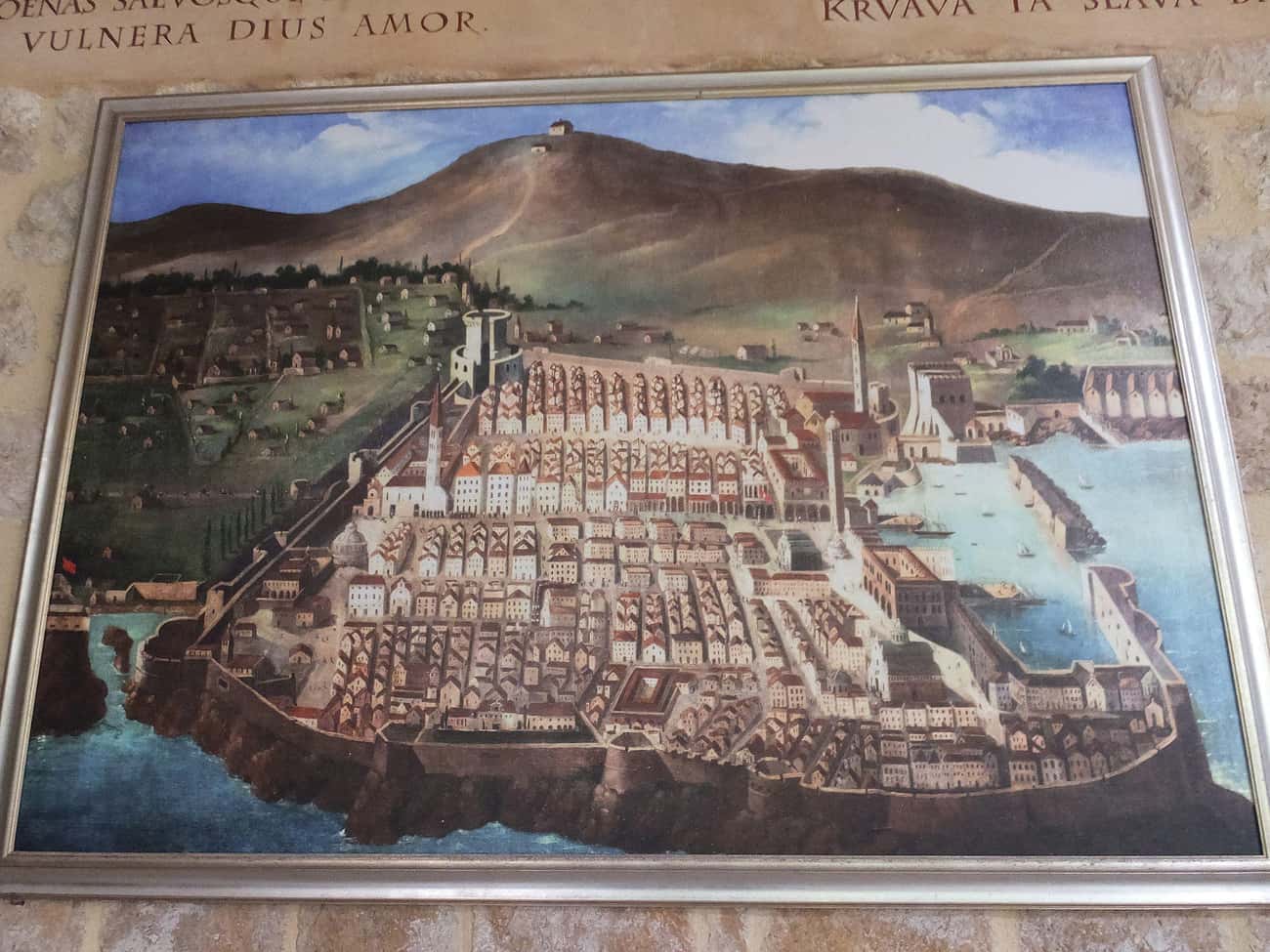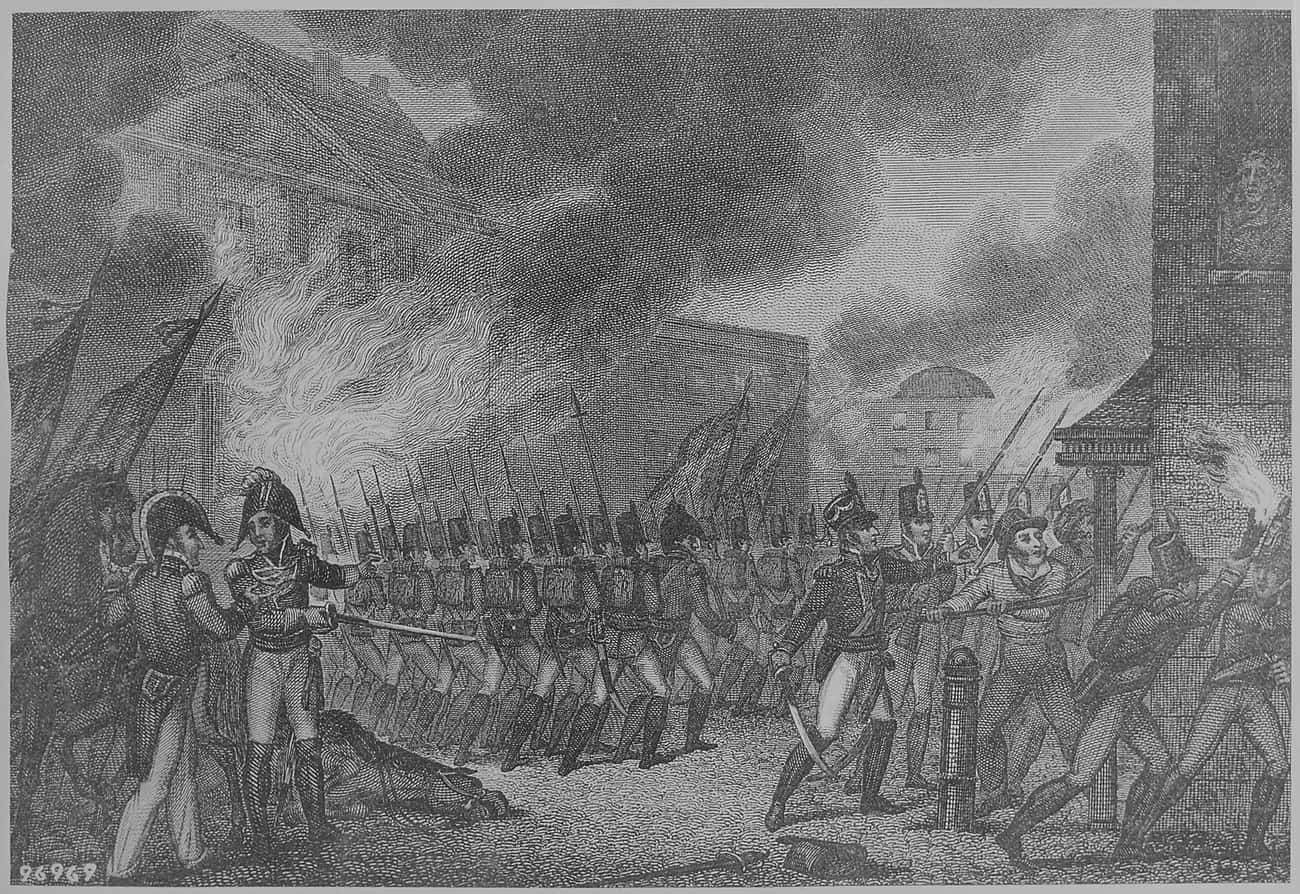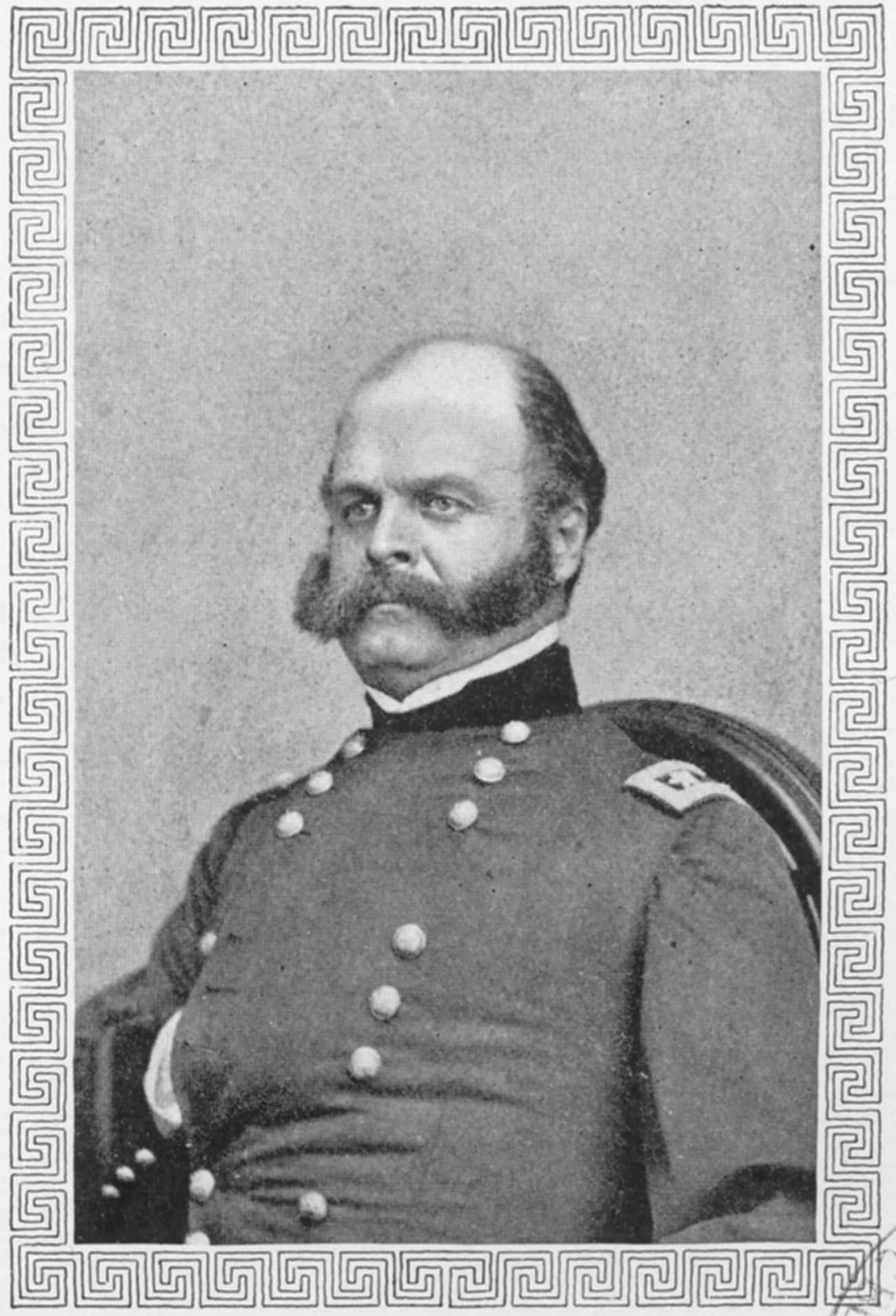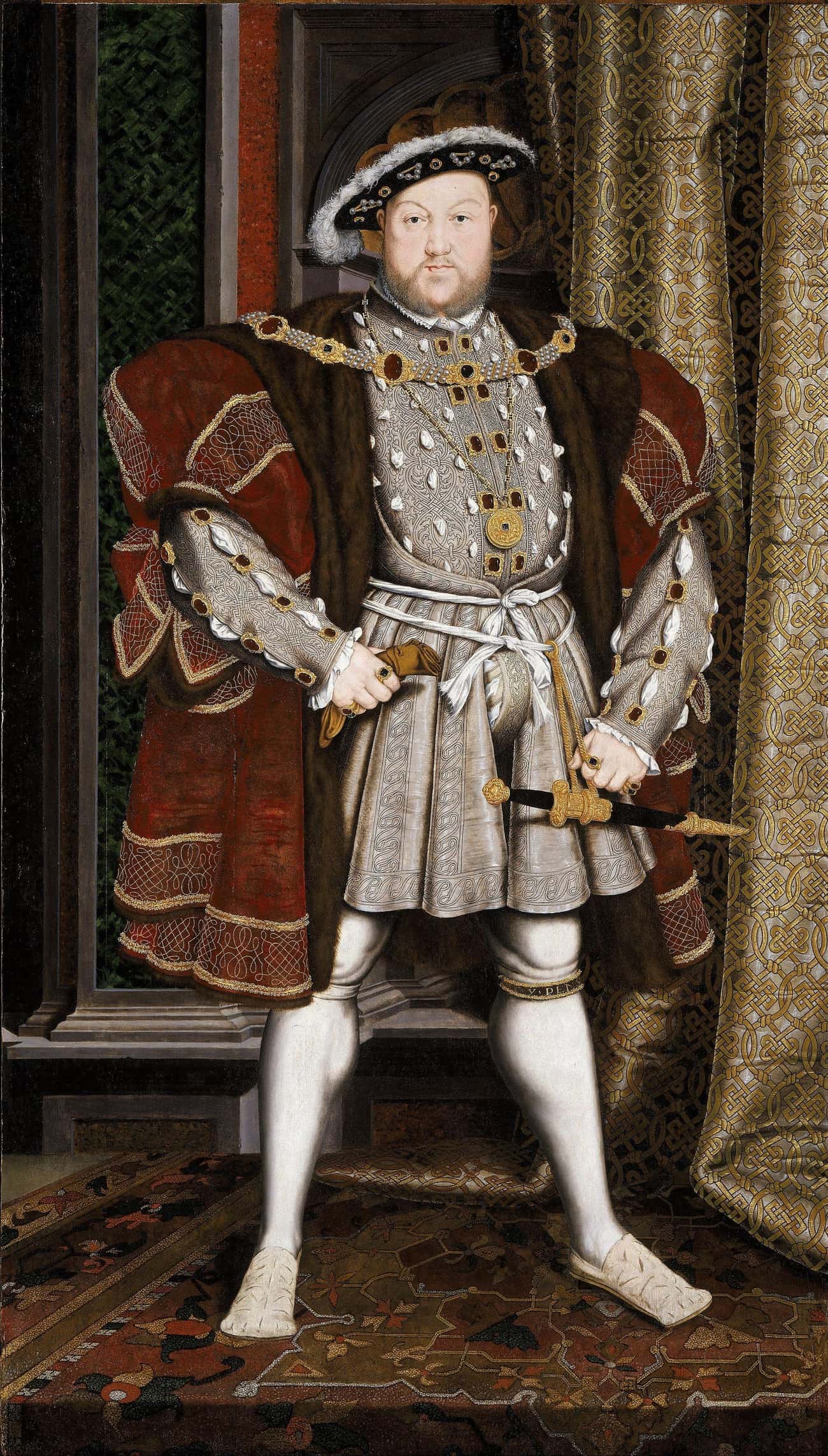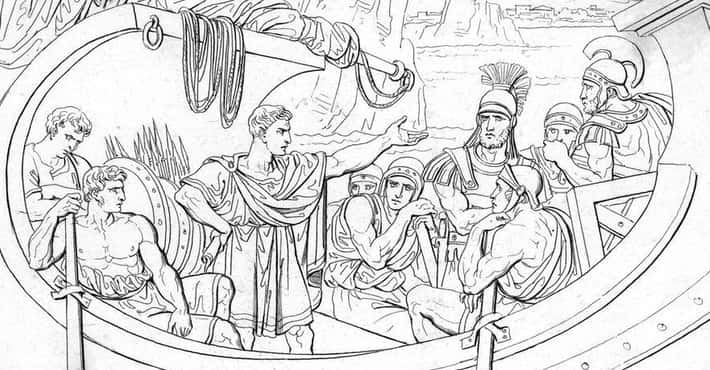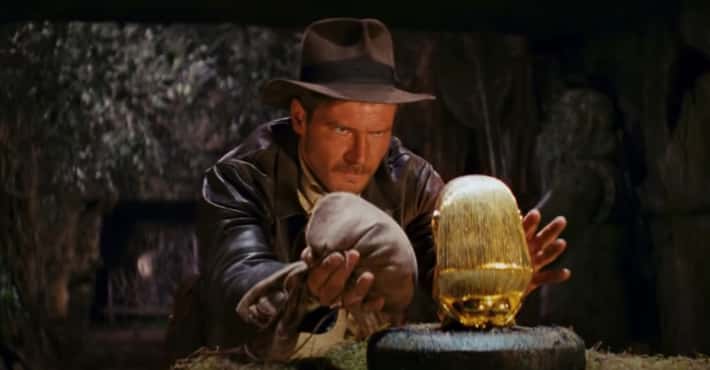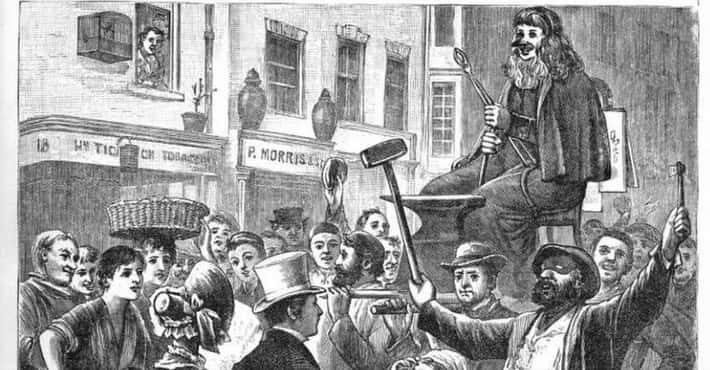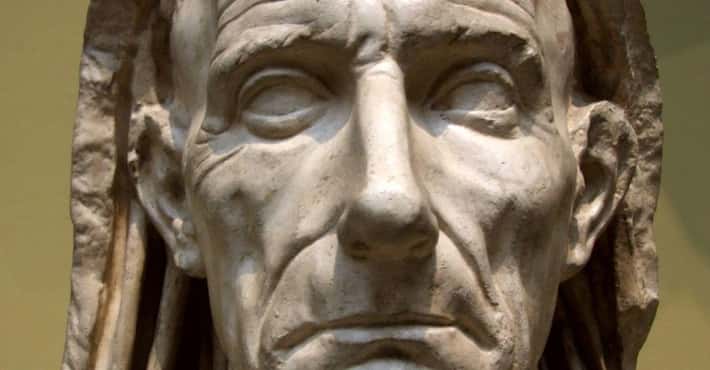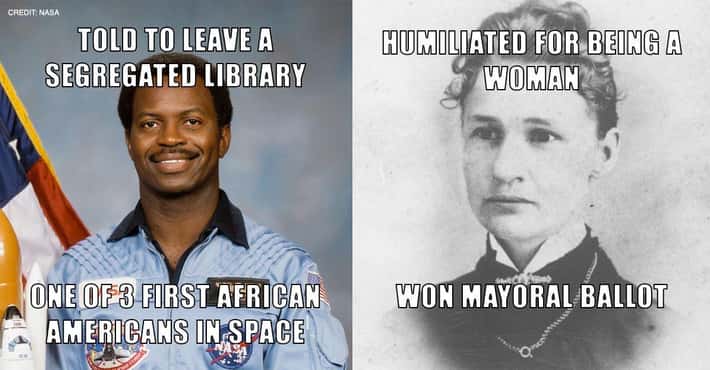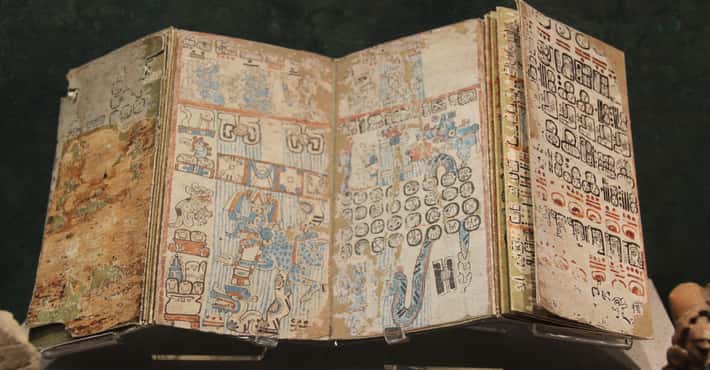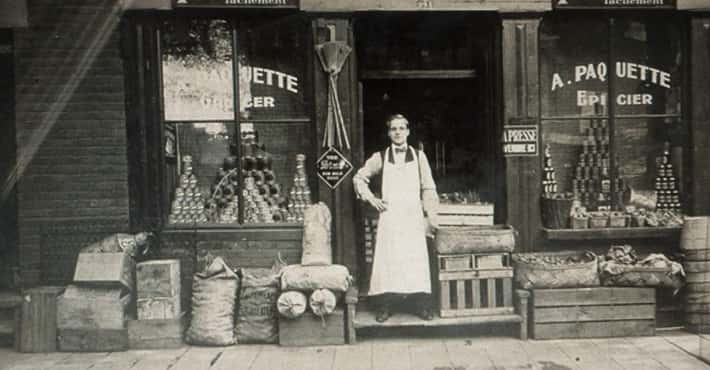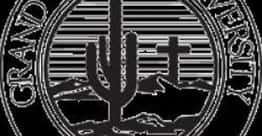Cool History Facts That Make Us Feel Smarter
There are so many facts about the past that it would take a lifetime to learn them all - so it's worth focusing on some of the choicest cuts of history. What are some of the cooler history facts that are worth learning?
From the unexpected origins of common words to fascinating connections between historical figures, these little nuggets of cool history - some hard to believe - are worth filing away for future use in trivia games or random conversations. After all, you never know when knowledge about "grooms of the stool," Ghost Armies, or Fred Astaire's dancing feet might come in handy.
- Photo: Gavin Sheridan / Wikimedia Commons / CC BY-SA 4.011,510 VOTES
Soon After The Trail Of Tears, The Choctaw Nation Made A Generous Donation To Ireland
The United States forced the Choctaw Nation off their land in 1831. Members of the nation trekked westward to Oklahoma on the Trail of Tears, a journey that took the lives of thousands of the Choctaw's population.
Just 16 years after the Trail of Tears, members of the Choctaw Nation were moved by the dire situation in Ireland. A blight had ruined potato crops, leading to a devastating famine.
The Choctaw wanted to help their Irish brethren. So they scraped together what money they could and donated $170 to Irish relief funds.
- 21,410 VOTES
Oliver Wendell Holmes Bridged The 1700s And 1900s By Meeting Both John Quincy Adams And JFK
Some lives span so much time that they connect wildly different eras. That's certainly true of Supreme Court Justice Oliver Wendell Holmes.
Born in 1841, Holmes was the son of Oliver Wendell Holmes Sr., one of the most popular poets of the 19th century. The younger Holmes became a Supreme Court justice in 1902 and served on the court for three decades.
Because of Holmes's connections, he met significant people throughout his life. In fact, Holmes had actually "shaken hands with John Quincy Adams" and John F. Kennedy, two presidents. Adams was born in 1767 and passed when Holmes was 7; Kennedy was 17 when Holmes passed in 1935. Thus, the Supreme Court Justice linked the 18th and 20th centuries.
- Photo: Mathew Brady / Wikimedia Commons / Public domain31,612 VOTES
The Eighth President Of The United States Learned English As His Second Language
Historically, various cultural groups have made their mark on the United States - the country is a melting pot of different traditions, backgrounds, and belief systems. Indeed, one president, Martin Van Buren, didn't even speak English as his first language.
Van Buren was born in upstate New York, and his first language was Dutch. Though he mastered English at school, he spoke it with a slight Dutch accent.
Van Buren's wife Hannah wasn't a native English speaker, either. The couple generally communicated to one another in Dutch.
- Photo: lienyuan lee / Wikimedia Commons / CC BY 3.041,110 VOTES
The Word 'Quarantine' Comes From A 40-Day Waiting Period Established During The Bubonic Plague
As medical knowledge has changed over the centuries, so too have public health measures to control the spread of sickness. But one method has been tried and true for centuries: quarantines.
Where did the word "quarantine" come from? In the middle of the 1300s, the bubonic plague tore through Asia and Europe. In response, officials in the Republic of Ragusa - which was under Venetian rule - imposed a waiting period for ships coming into harbor. They had to remain anchored for 30 days before anyone could embark or disembark; in other words, no one could come on or off arriving ships for 30 days. That way, it would be obvious if the ship was infected with the plague, and the waiting period would theoretically keep the sickness out of the city.
The 30-day period gradually extended to 40 days, thanks to the biblical association with the number 40. The phrase Venetians used to describe the waiting period was "quaranta giorni," or 40 days. It's easy to see how the "quaranta" period became "quarantine."
- Photo: Unknown / National Archives / Public domain5727 VOTES
Though The British Set Washington, DC, Ablaze In 1814, A Storm Quickly Put Out The Fire
In 1814, deep in the War of 1812, British troops set Washington, DC, on fire. Before the flames could claim the White House, quick-thinking first lady Dolley Madison ensured that a famous portrait of George Washington made it out of the building.
Nature apparently stepped in to mitigate total destruction, however. The day after the British set the city ablaze, a storm rolled into DC. Though the rain put out the flames, the storm - which may have been a tornado - did more damage to the city. As one British soldier later recalled:
Of the prodigious force of the wind it is impossible for you to form any conception. Roofs of houses were torn off by it, and whisked into the air like sheets of paper, while the rain which accompanied it resembled the rushing of a mighty cataract rather than the dropping of a shower.
- Photo: RKO / The Kobal Collection / Wikimedia Commons / CC BY-SA 4.06816 VOTES
Fred Astaire Had To Tap His Feet After Filming So Editors Could Add The Sound To The Film
Actor and dancer Fred Astaire was famously light on his feet in classic films like Top Hat and Easter Parade.
Though Astaire delighted generations of audiences with his tap dancing, creating the effect on film was an intense process. The sound of Astaire's feet tapping the ground was added in post-production. After filming a dance scene, Astaire would dub the sound of tap dancing, and it was edited into the final cut. This ensured that the sound of the tapping could be enhanced with microphones.
- Photo: Bain News Service / Library of Congress / No known restrictions7661 VOTES
Two Spies, Once Assigned To Kill Each Other, Joined Forces To Raise Hippos For Their Meat In Louisiana
Frederick Russell Burnham was an American who always seemed to be in search of the pioneer life. He sought out undeveloped lands in the last days of the Old West. Eventually his passion brought him to South Africa, where he became a scout for the British during the Second Boer War. One acquaintance called Burnham “the most complete human being who ever lived.”
On the other side, the Boers, descended from the Dutch, had a feared scout named Fritz Duquesne. Just as cunning as Burnham but otherwise his opposite, he was called the “human epitome of sin and deception.” The two were assigned to slay each other, though they never met.
In 1910, the United States was suffering a meat crisis as livestock and grazing land declined in health. Louisiana Congressman Robert Broussard had heard of several people pitching the idea of bringing African animals over to the US as livestock and thought it would be a perfect idea. Hippos in the Louisiana swamp would supply meat and help rid the bayous of invasive hyacinth flowers.
Broussard and the now-allied Burnham and Duquesne (it's not clear how their alliance happened) testified before Congress. They formed the New Food Supply Society to promote their idea, but it never took off. A few years later, Duquesne was outed as the head of a spy ring and working as a German saboteur at the outset of WWI.
- Photo: Unknown / Wikimedia Commons / Public domain8810 VOTES
Art Used To Be An Olympic Sport
Pierre de Coubertin, a French aristocrat, launched the modern Olympics in 1896. But Coubertin didn't envision the Olympics as just a sporting event - it was meant to be a celebration of many forms of human achievement.
So at the 1912 Olympics in Stockholm, organizers added a competition in conjunction with the sporting event: an art competition with a sports theme.
Art competitions continued alongside the Olympics until 1952, when competitions were replaced with exhibitions.
- Photo: Knight's American Mechanical Dictionary, 1876 / Wikimedia Commons / Public domain9614 VOTES
A Version Of A Steam Engine Existed In Ancient Egypt
James Watt's invention of the modern steam engine in the 18th century fueled the Industrial Revolution. But his engine wasn't the first steam-powered device. In fact, the history of the steam engine goes back centuries.
Indeed, a version of a steam engine existed in ancient Egypt. The inventor Heron devised a steam-powered contraption - known as an aeolipile - in the first century. Though it wasn't used as modern steam engines are, the device was displayed in Alexandria.
- Photo: Pierre Joseph Redouté / New York Public Library / Public domain10684 VOTES
The British Kidnapped Male Māori Chiefs To Learn A Skill Known Only By Māori Women
British officials committed cruelties in service of empire, as they often steamrolled local communities and laid claim to land and resources to which they had no right. They even moved people around the empire at will. Two such people were Tuki Tahua and Ngahuruhuru, Māori leaders in New Zealand.
In 1793, Lt. Gov. Philip Gidley King ran Norfolk Island, which supported a penal colony. Hoping that the Māori might teach the British convicts how to turn flax into fabrics, King directed his subordinates to abduct Tuki Tahua and Ngahuruhuru from New Zealand and bring them to Norfolk Island.
But it was a mistake. Weaving flax was apparently a skill that Māori women, not men, perfected - so Tuki Tahua and Ngahuruhuru claimed they wouldn't be much help.
Though King apparently treated the two chiefs with respect, he shouldn't get much credit - after all, he brought the men to Norfolk Island against their will. Tuki Tahua and Ngahuru Ngahururu, understandably furious, were eventually brought back to New Zealand.
- Photo: Unknown / Wikimedia Commons / Public domain11564 VOTES
Sideburns Are Named After A Hairy General
The word "sideburns" - which describes facial hair that is groomed so it grows along the jaw line - wasn't made up. Its roots actually come from a famously hairy American general.
Ambrose Burnside commanded federal troops during the American Civil War. He was better known for his over-the-top facial hair than he was for his military strategy. People began calling jawline facial hair "burnside whiskers" in his honor. Over time, it transitioned to the more descriptive "sideburns."
- Photo: Gerald Leet (Captain, British Army) / Wikimedia Commons / Public domain12548 VOTES
During WWII, Armies Built Fake Sets To Fool The Enemy
During WWII, allied troops used every tool in their kit to outmaneuver the enemy - including full-scale deception.
The so-called "Ghost Armies" were fabricated military units meant to mislead German intelligence. Artists created full-size inflatable trucks and fake units so German surveillance would think troops were mobilized at certain places, when they weren't.
These decoys actually worked. In March 1945, for example, Germans deployed their troops near a Ghost Army and went after it.
- Photo: After Hans Holbein the Younger / Wikimedia Commons / Public domain13491 VOTES
'Grooms Of The Stool' Were Henry VIII's Personal Royal Bathroom Attendants
Henry VIII kick-started the English Reformation, but one of his legacies was decidedly less regal. During his reign, the royal household created the role of "groom of the stool."
The groom was basically in charge of the king's bowel movements. As historian Alison Weir characterized the position:
The title of groom of the stool derived from that gentleman's privilege of attending his sovereign whenever he used the close stool; his duties were to provide him with a flannel "to wipe his nether end" and to summon a Yeoman of the Chamber to empty and clean the pot.
Henry VIII inaugurated the role, but he wasn't the last king to appoint a groom of the stool. The position endured in the royal household into the 18th century.



